Compared: 2022 Subaru Ascent vs. 2022 Toyota Highlander
When it comes to these three-row mid-size SUVs, one has the edge on price and the other, features.
 Subaru/Toyota
Subaru/Toyota
QuickTakes:
If you have enough kids, dogs, and gear to fill a Winnebago, the three-row, mid-size-SUV segment may have the space you need. While similar in exterior dimensions, the 2022 Subaru Ascent and 2022 Toyota Highlander approach packaging and market positioning differently: The Ascent has more passenger volume than the Highlander, which has more cargo volume than the Ascent. Toyota tries to lure buyers with luxury amenities and the fuel economy that only a hybrid can offer, while Subaru focuses on the basics and a lower price. Let’s take a closer look.
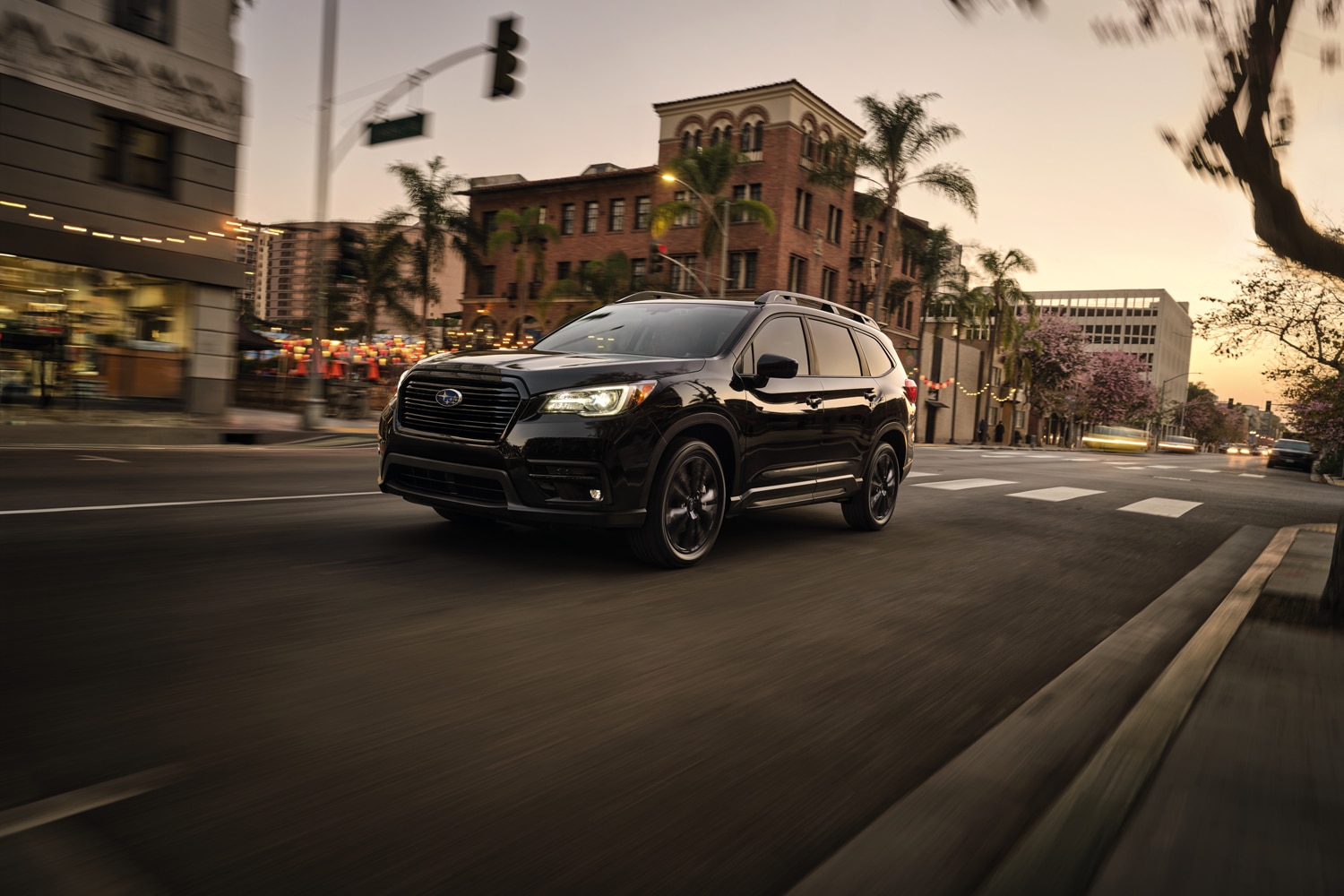 Subaru
Subaru
Subaru Ascent vs Toyota Highlander: Price
The base Ascent starts at $33,470. The lineup offers one powertrain—a 260-hp four-cylinder attached to a CVT. If you want luxury touches such as leather-trimmed upholstery and heated second-row seats, you’ll need to select the $40,770 Limited trim or better.
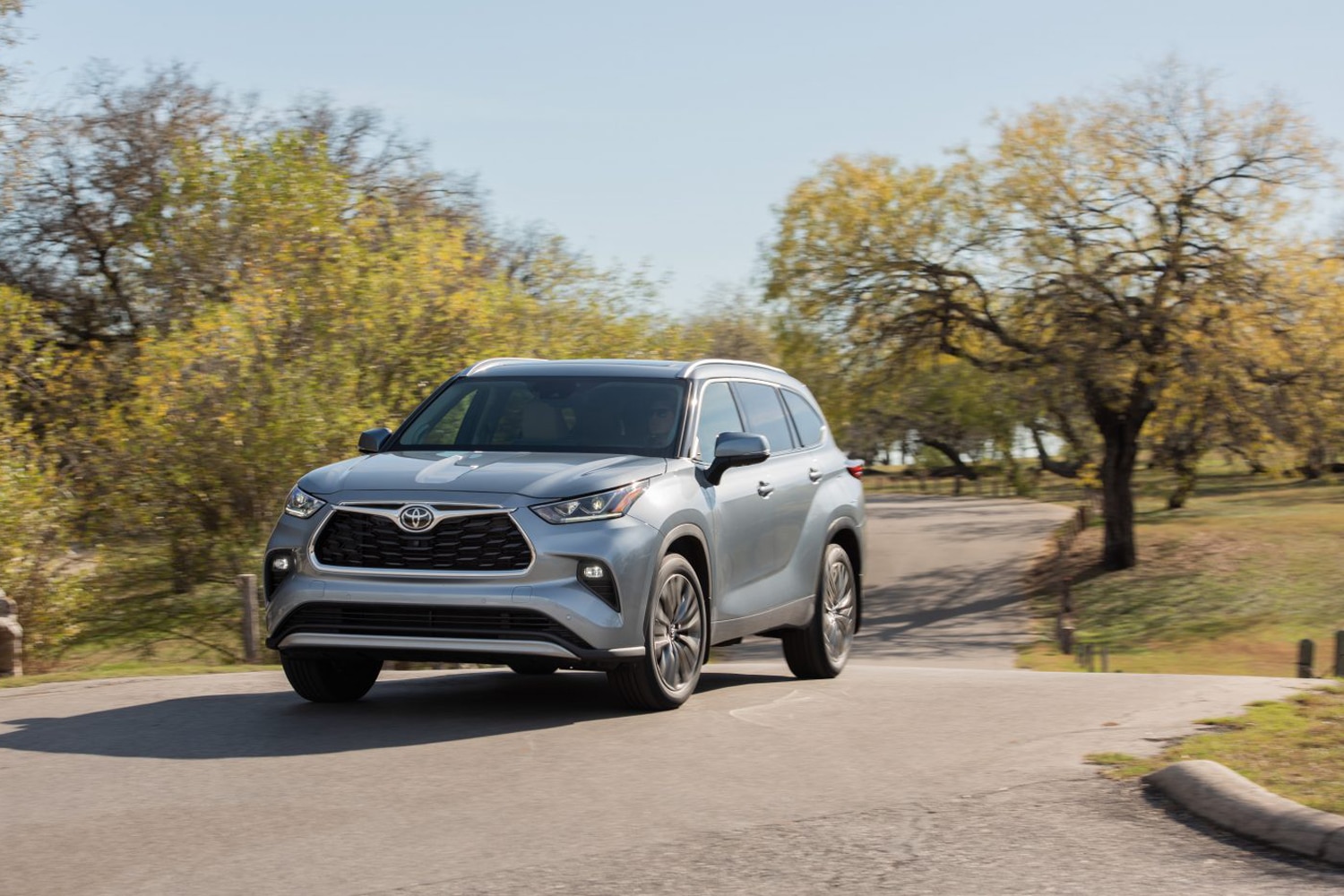 Toyota
Toyota
The entry-level Highlander opens at $36,620, or $3,150 more than the Ascent. And unlike the Subaru, all-wheel drive is not standard on the Toyota, so add another $1,600 to the price for an apples-to-apples comparison. The cheapest way to get leather seats in this three-row SUV is with the $43,415 XSE trim, which also features a sport-tuned suspension. If you want a cushier ride and decent amenities, you’ll probably want to upgrade to the $45,775 Highlander Limited.
A hybrid powertrain is one option the Toyota has that the Subaru doesn’t. The most affordable way into an electrically assisted Highlander is with the one-step-up-from-base LE model. There, swapping the standard 295-hp V6 for the more eco-friendly, 243-hp setup adds $1,450 to that trim’s price, for an opening outlay of $40,270.
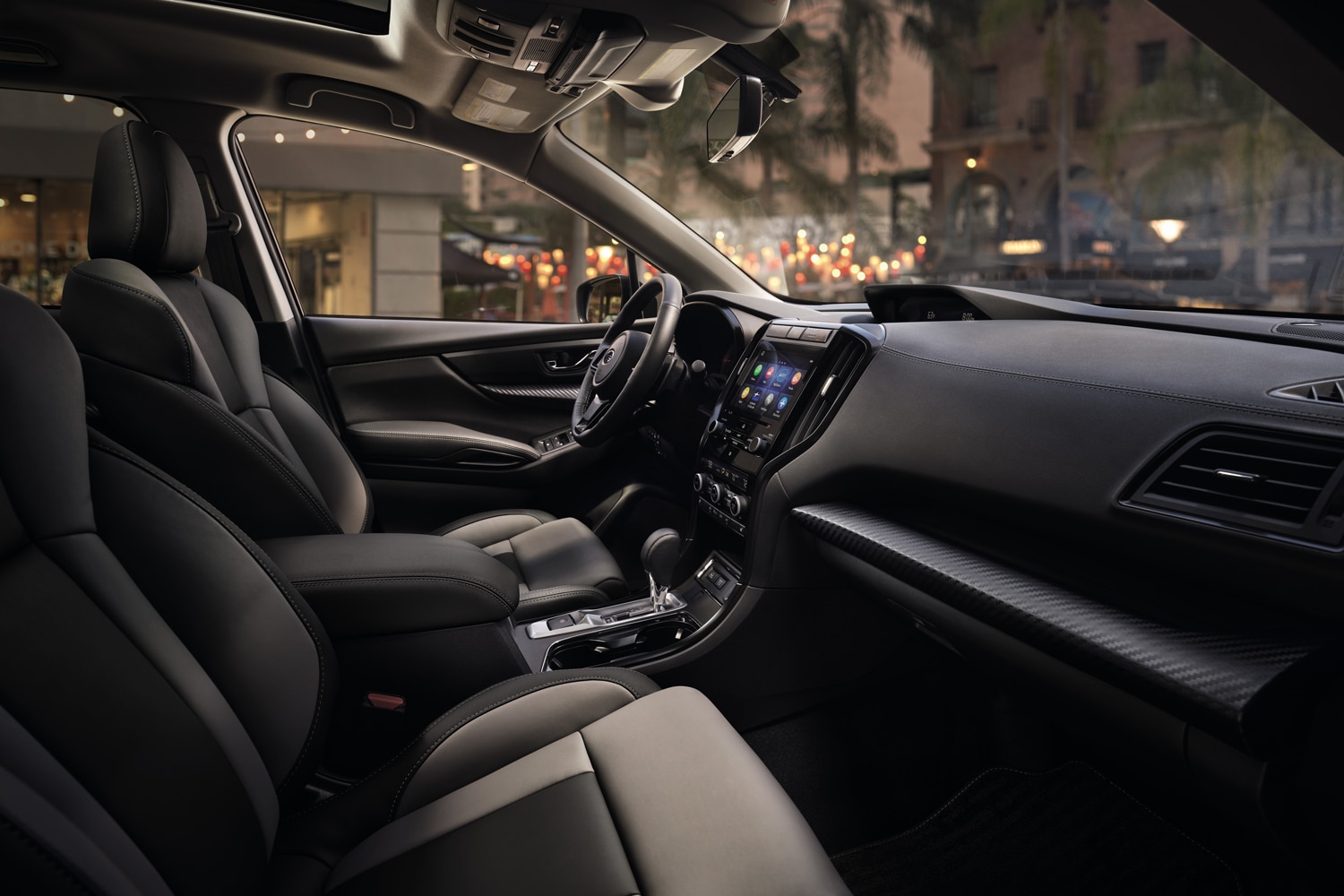 Subaru
Subaru
Subaru Ascent vs Toyota Highlander: Features
Toyota and Subaru aren’t big on options packages. Instead, they tend to bundle features by the trim level, and with a total of 12 different trims or special editions between these two SUVs, it’s easy to get lost in what each has to offer. Here’s the gist: Every Highlander and Ascent comes with a suite of driver assists, including adaptive cruise control, lane centering, and automatic high-beams. If you want blind-spot monitoring and rear cross-traffic alert, you’ll need to pick something other than the base model in either family.
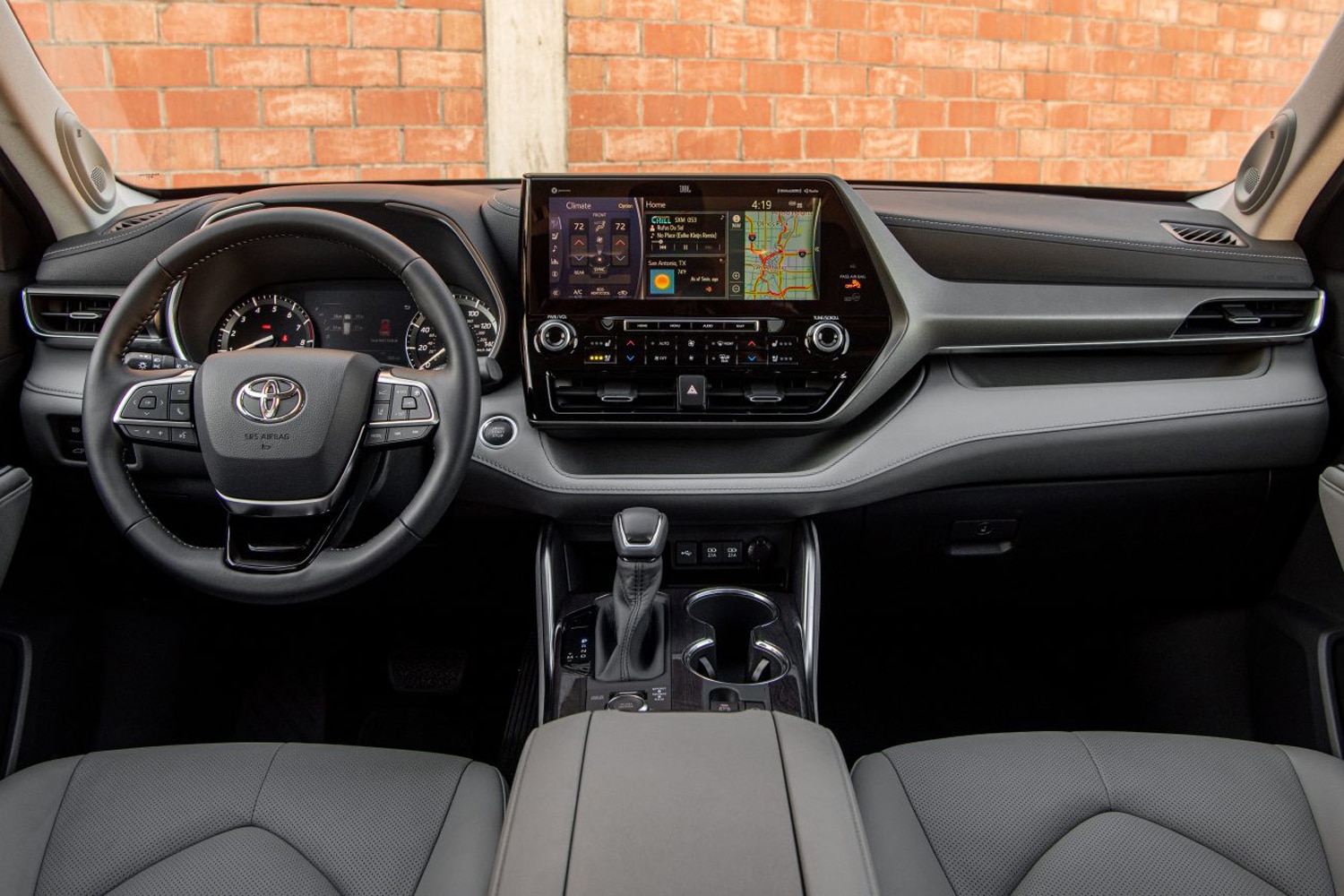 Toyota
Toyota
As for where the two differ: Toyota fits a 4.2-inch LCD gauge cluster on the lowly L and LE models and a 7.0-inch unit on everything else; Subaru, meanwhile, sticks exclusively with analog instruments. The Highlander outdoes the Ascent when it comes to touchscreen size too. The base Ascent makes do with a 6.5-inch center-stack display, and all higher trims use an 8.0-incher. In the Highlander, an 8.0-inch display is standard, and buyers can get an enormous 12.3-inch touchscreen in the top two models.
Toyota also makes available a few desirable features that are nowhere to be found in the Subaru. Things like a 360-degree camera and front and rear park assist will come in handy if you regularly find yourself in tight parking situations, and many drivers will appreciate the Highlander’s optional head-up display.
 Subaru
Subaru
Subaru Ascent vs Toyota Highlander: Fuel Economy
Unsurprisingly, the big fuel-economy winner in this faceoff is the front-wheel-drive Highlander Hybrid, which boasts 36 mpg on the EPA’s city cycle and 35 mpg on the highway. Level up to all-wheel drive and the city rating falls by one while the highway score teeters between 34 and 35, depending on the trim level.
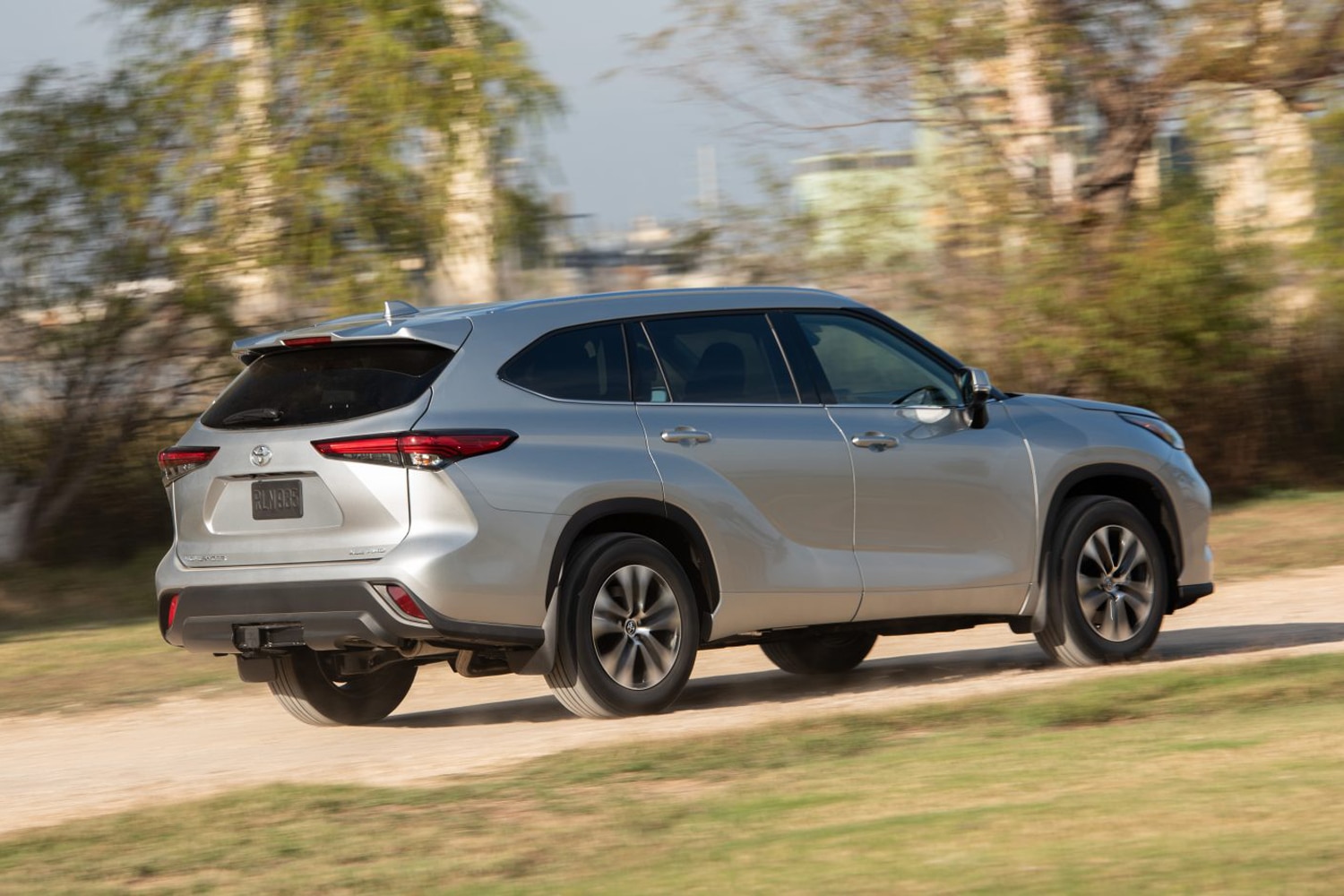 Toyota
Toyota
As for the unelectrified models, there’s little to differentiate the Ascent and Highlander in this department, despite the fact that the Subaru uses a four-cylinder and the Toyota, a V-6. The Highlander returns up to 21 mpg in the city and 29 on the highway, but that’s with front-wheel drive. Opt for four driven wheels and the Toyota’s figures fall to 20 mpg in town and 27 on the highway. Compare that with the Ascent’s city and highway ratings of 21 and 27 (or 20 and 26 for the Limited, Touring, and Onyx models) and you can see it’s basically a wash.
Written by humans.
Edited by humans.
 Austin Lindberg
Austin LindbergAustin Lindberg has spent the past 15 years working in journalism as a reporter and an editor covering the automotive industry, motorsports, and soccer for publications in the U.S. and the U.K. He is an EV owner with a keen interest in electrification and green tech.
Related articles
View more related articles